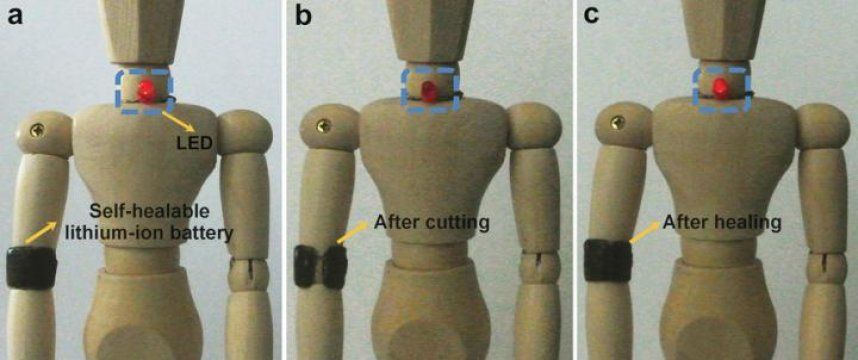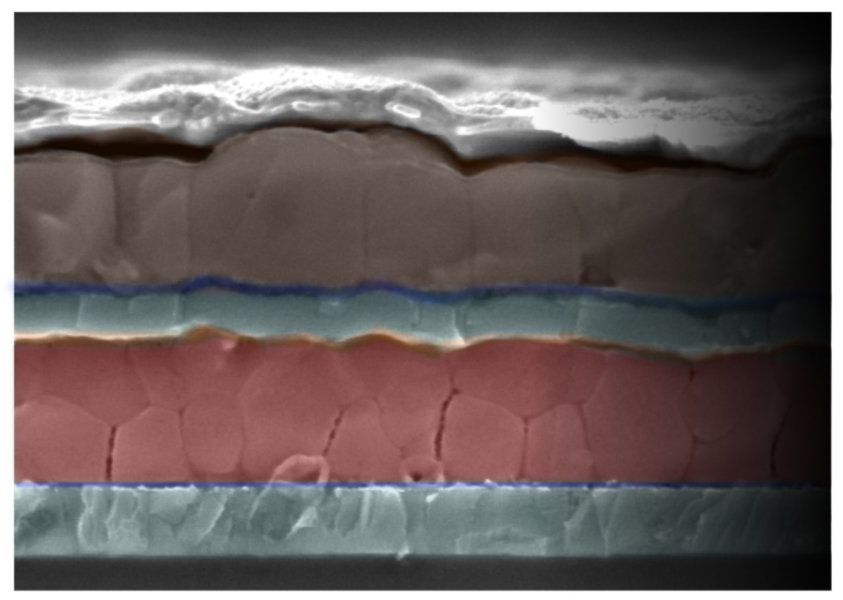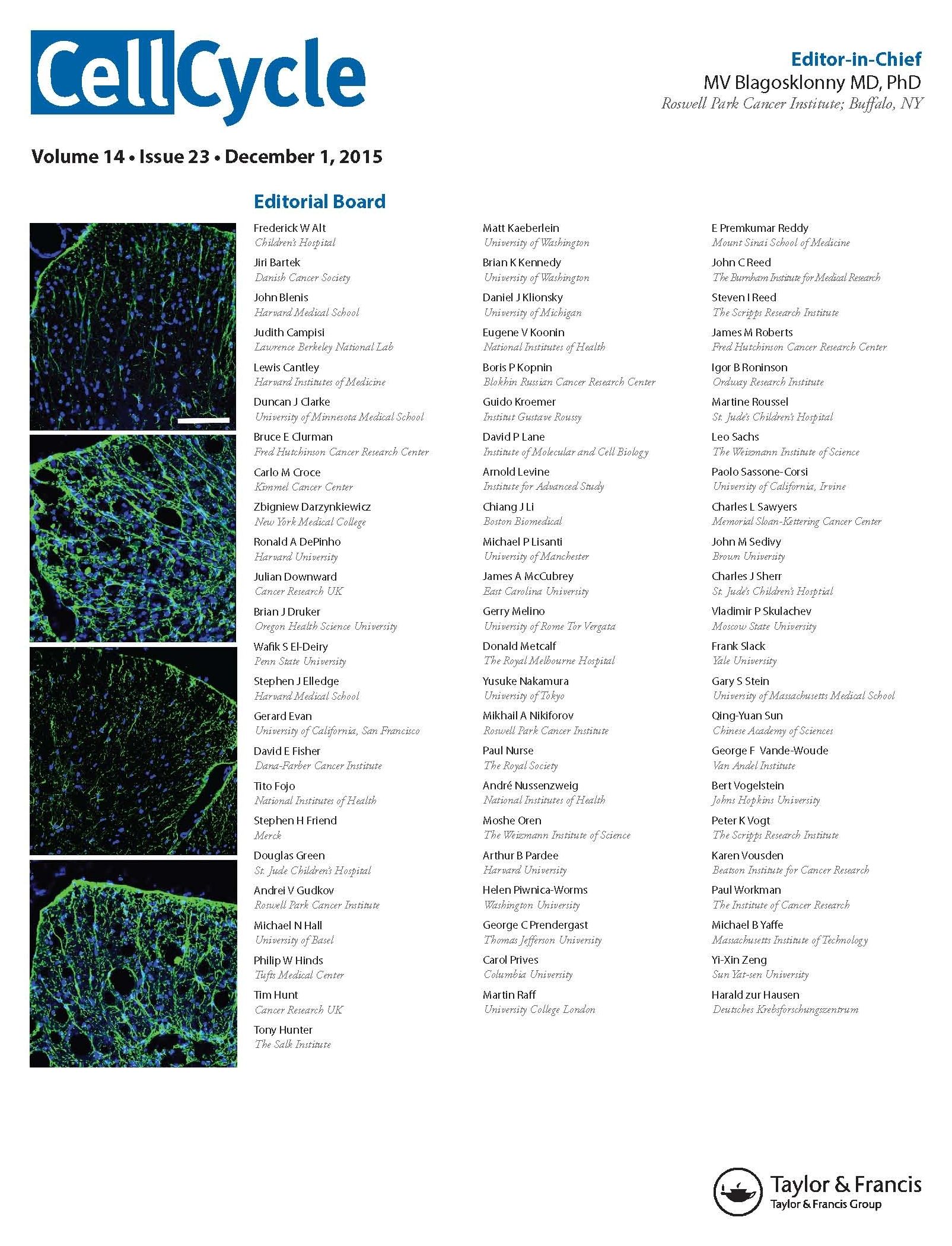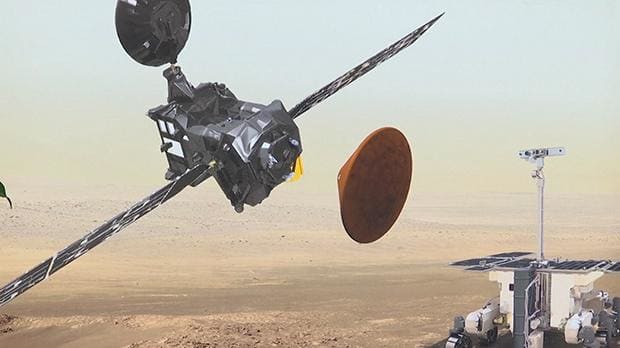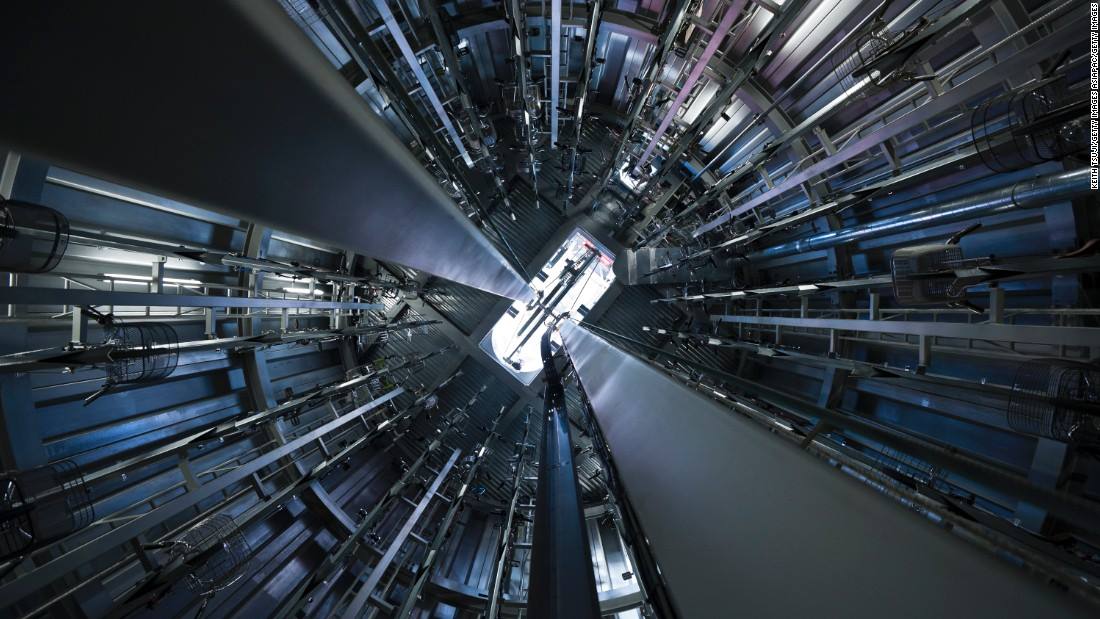Electronics that can be embedded in clothing are a growing trend. However, power sources remain a problem. In the journal Angewandte Chemie, scientists have now introduced thin, flexible, lithium ion batteries with self-healing properties that can be safely worn on the body. Even after completely breaking apart, the battery can grow back together without significant impact on its electrochemical properties.
Existing lithium ion batteries for wearable electronics can be bent and rolled up without any problems, but can break when they are twisted too far or accidentally stepped on — which can happen often when being worn. This damage not only causes the battery to fail, it can also cause a safety problem: Flammable, toxic, or corrosive gases or liquids may leak out.
A team led by Yonggang Wang and Huisheng Peng has now developed a new family of lithium ion batteries that can overcome such accidents thanks to their amazing self-healing powers. In order for a complicated object like a battery to be made self-healing, all of its individual components must also be self-healing. The scientists from Fudan University (Shanghai, China), the Samsung Advanced Institute of Technology (South Korea), and the Samsung R&D Institute China, have now been able to accomplish this.
